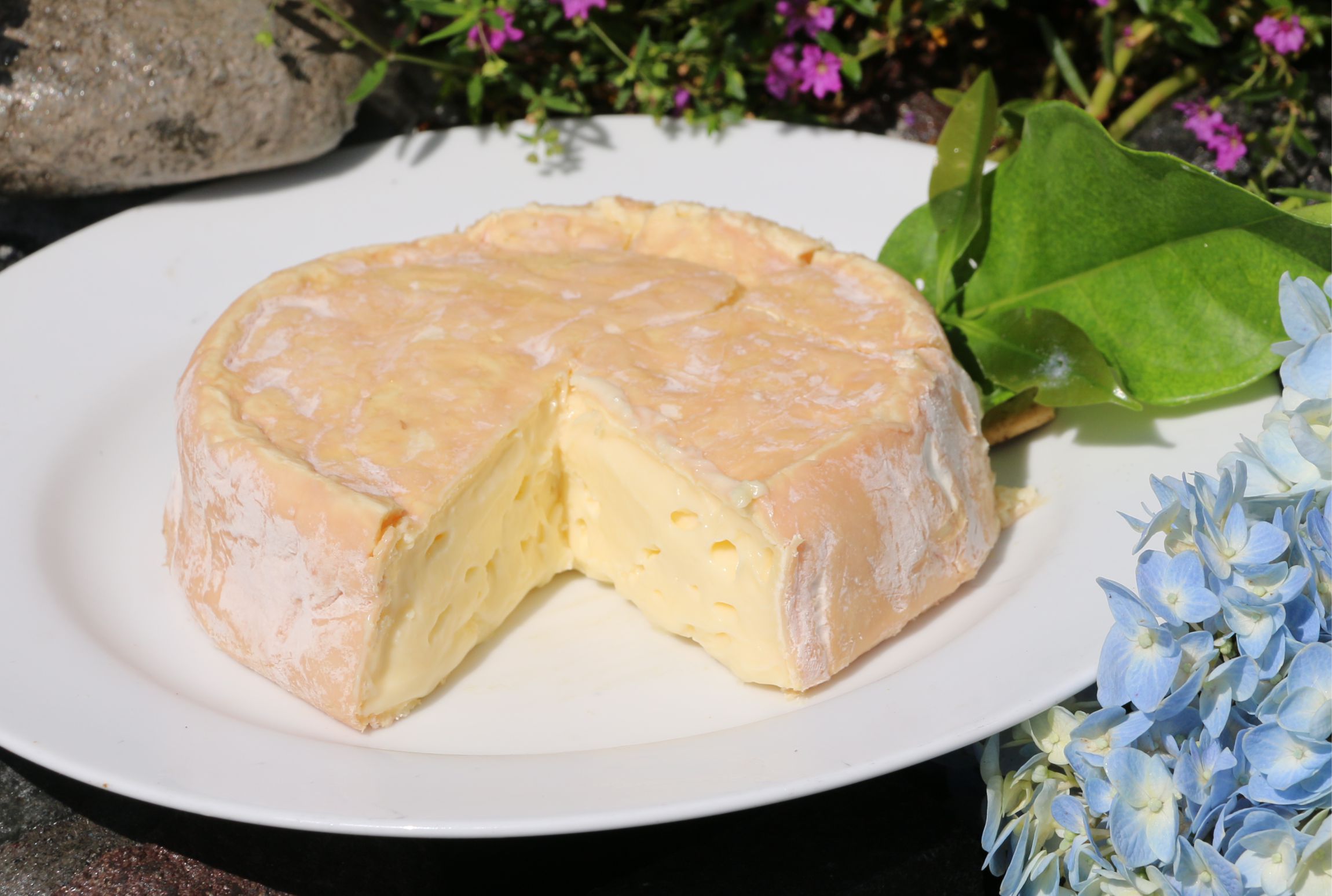Keju Washed are cheeses that undergo repeated washing during the aging process. Although the method may sound simple, it is complex and labor‑intensive. Over weeks or months, cheesemakers carefully hand‑wash each wheel with special liquids. These washes infuse flavors and encourage the development of aromatic compounds that define the character of the cheese.
We divide our Keju Washed into two categories: Cultured Wash and Non‑Cultured Wash.
- Non‑Cultured Wash Liquids do not contain flavor‑developing bacteria. Their role is to directly add the flavors of the wash to the cheese.
- Cultured Wash Liquids contain bacteria that interact with the cheese surface, creating unique tastes. These cheeses often develop strong, pungent aromas due to biochemical reactions.
Keju Washed are celebrated for their complexity. They combine tradition, microbiology, and craftsmanship to produce flavors ranging from subtle citrus to bold, pungent notes. By exploring both cultured and non‑cultured washes, customers experience the full spectrum of this cheese family.
Our Non‑Cultured Washed options highlight how simple washes can transform flavor:
- Citrus – washed with tangerine and orange juices, this cheese develops a bright citrus flavor and distinctive appearance.
- Kawa – washed with Bali Arabica espresso, this cheese pairs the earthy notes of fine coffee with the mild richness of Cheddar.
Our Cultured Washed Rind Cheeses showcase the artistry of affinage:
- Matahari – inspired by Europe’s strongest Trappist‑style cheeses, Matahari is a bold washed rind variety. Its yellow‑orange rind recalls the sun, giving the cheese its name.
- Other examples include Maja, ILY, Tomme, Raclette, Saint Nectaire, Taleggio, Alpine, and Sake Kasu. Each reflects how cultured washes create distinctive aromas and textures.

- Salads
- Spreads
- Dips
- Baked as appetiser
- Cheese Board

